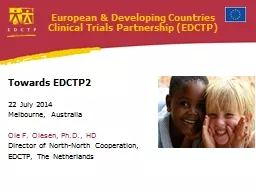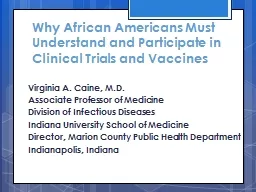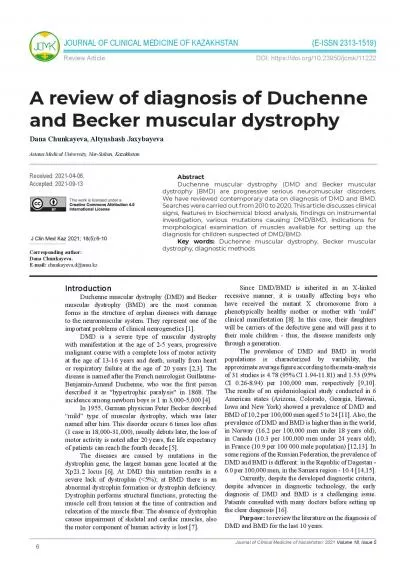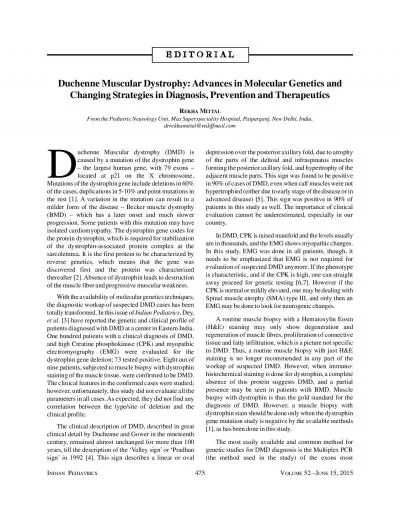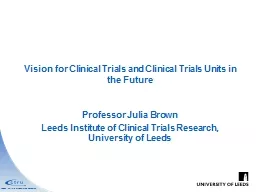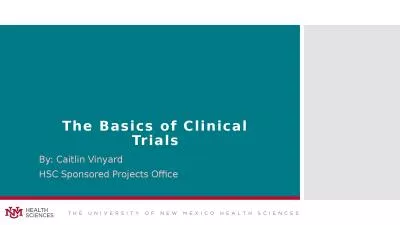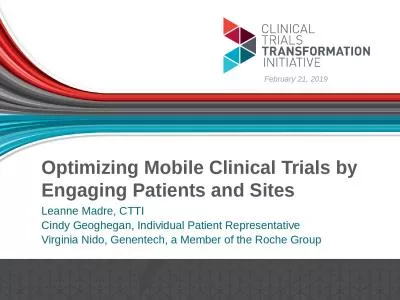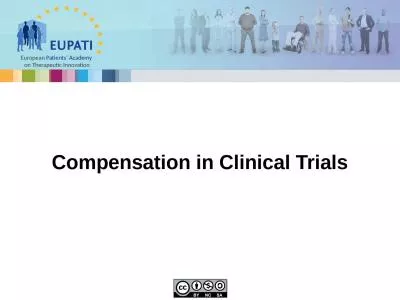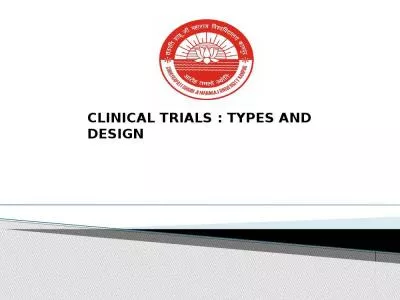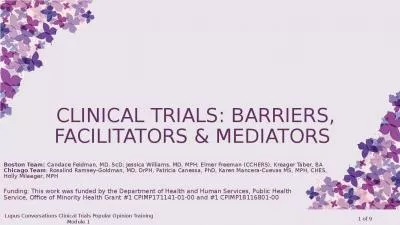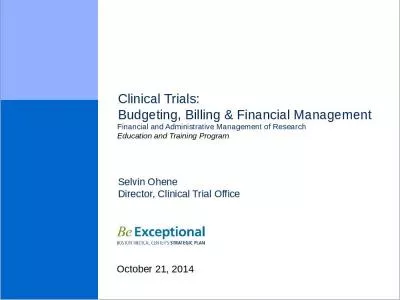PPT-Clinical Trials in DMD
Author : margaret | Published Date : 2023-07-22
Marina Di Marco Principal Neuromuscular Physiotherapist The changing landscape of research in DMD Emily Crossley and Alex Johnson cofounders of Duchenne UK and parents
Presentation Embed Code
Download Presentation
Download Presentation The PPT/PDF document "Clinical Trials in DMD" is the property of its rightful owner. Permission is granted to download and print the materials on this website for personal, non-commercial use only, and to display it on your personal computer provided you do not modify the materials and that you retain all copyright notices contained in the materials. By downloading content from our website, you accept the terms of this agreement.
Clinical Trials in DMD: Transcript
Download Rules Of Document
"Clinical Trials in DMD"The content belongs to its owner. You may download and print it for personal use, without modification, and keep all copyright notices. By downloading, you agree to these terms.
Related Documents


